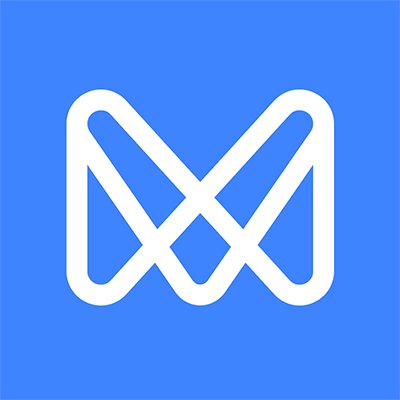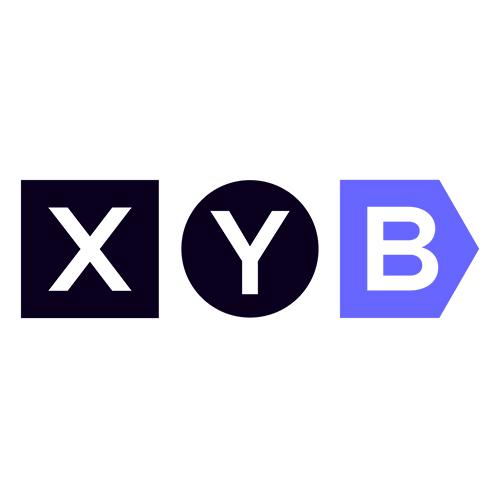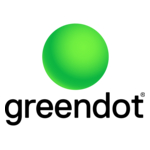Exclusive: Monese drops Thought Machine’s core banking solution Vault in favour of homegrown XYB platform
UK digital bank Monese is parting ways with Thought Machine three years after signing up for its Vault core banking platform, with the company instead implementing new core tech developed in-house by the company’s recently launched fintech subsidiary XYB.

Monese switches from Thought Machine to XYB core
Monese first tapped Thought Machine for its cloud-based Vault offering in October 2020 in a highly publicised deal. The agreement included the migration of the bank’s customer base and technology infrastructure to the new platform.
A number of other finance firms have followed suit in selecting Thought Machine’s Vault, including Isybank, Jordan Ahli Bank and most recently, the private debt platform Cordada.
Since then, Monese has made its own move into the digital core banking space, launching XYB, a fintech subsidiary that it describes as “an end-to-end ‘coreless’ banking platform provider”, in May this year.
Investec (which is an investor in Monese) was the inaugural customer to leverage the XYB banking platform, and now it seems Monese itself is looking to use its self-built tech to power its own platform.
Value in Vault
To find out more about the switch, FinTech Futures recently spoke with Santosh Radhakrishnan and Bhavik Sanghvi, CCO and product director of Monese’s fintech subsidiary, XYB, respectively.
Radhakrishnan says that Monese initially selected Thought Machine to act as the ledger for its in-house suite of self-built digital banking services, and that the app had always placed great emphasis on componentising the “monolith” of traditional core banking services.
The company had previously enlisted PPS, a UK and European e-money and payment services firm, to provide it with ledger services, but sought out Thought Machine’s solution to bring its reporting and internal control capabilities under one roof (PPS continues to be Monese’s payment services provider to date).
“The biggest problem we were trying to solve was to control the ledger ourselves in-house and our treasury team obviously appreciated that,” explains Sanghvi.
“And besides the developers being able to use a tool which is really developer friendly, it was really easy for us to control the ledger on our side rather than using an external third party who maintained it on their side and we had to access it through them.”
Radhakrishnan and Sanghvi say that times have changed for the company since the deal was struck three years ago.
“When we went live with that specific part of the technology, we very quickly realised that for the rich functionality that Thought Machine’s Vault provides, we were using a very, very small portion of it given the components we have,” Radhakrishnan explains.
“From that perspective, I think the cost that we incurred was not justifying the value that we were getting out of it. So although we benefited on one hand, the question is that is the cost justifying that kind of benefit value that we get.”
Moving with the times
Despite Monese’s selective use of Vault as a ledger, Radhakrishnan states that its migration from the solution was also driven by the changing face of the company itself.

Monese launched XYB in May this year
“When we chose Thought Machine, we were not on a journey towards starting our own B2B technology business, which is XYB today,” he says, describing the journey as “a very pleasant surprise”.
Radhakrishnan explains that the subsidiary was born out of a conversation with the banking and wealth management group Investec, which identified Monese’s technology as “the perfect fit for them” shortly after it had inked the deal with Thought Machine.
“That conversation led to something which we never initially thought of doing, which is using our technology for someone else.”
Monese went on to launch its ‘coreless’ banking platform provider XYB in May of this year.
Radhakrishnan says that the realisation of XYB and the formation of Monese’s own end-to-end offering gave rise to the need to develop its own solution, and that although the company provides a wider spectrum of technology than its former partner, it was keen to avoid any competitive scenario, which caused the partnership to “part ways in a very good and friendly manner”.
Speaking from a product strategy perspective, Sanghvi adds that despite Vault being a “great tool in terms of flexibility when it comes to a developer or a product person actually learning something like Python”, Monese eventually came to the realisation that “we want to play in the space of no-code/low-code”.
“We could have continued with Thought Machine, but because of the product strategy, we decided to bring it in house and to seize the opportunity for us to build it ourselves with that no-code/low-code strategy.”
In this context, XYB’s use of the term ‘coreless’ signals its move beyond componentisation – a foundational element of Monese’s original identity. Sanghvi says that this approach means that the solution can coexist with other existing core banking systems, while deploying certain standalone business functionalities.
In the ledger lane
As anyone in the industry will know, building a banking system from scratch, and especially one that prides itself on being ‘coreless’, is not an endeavour for the faint of heart.
When questioned on the hurdles XYB and Monese encountered when building their own solution, Sanghvi admits that one of the main challenges was “being able to get that kind of experience into the organisation to be able to understand how ledger works”, and that “it was a knowledge challenge more than anything else”.
However, he goes on to confirm that the company deployed a “dedicated team” appointed with the sole purpose of bringing the ledger into fruition.
According to Sanghvi, what distinguishes XYB’s ledger from others that are currently on the market is the fact that it’s not limited to single currency or fiat currency functionalities.
“The way we are looking at a ledger is to be multi-currency and multi-purpose. What we mean by that is that basically we can hold currencies, reward points, and things which have some kind of financial value. We’re using a ledger to go beyond just currency.”
“The definition of our ledger is: anything which holds a financial value can sit on a ledger, it doesn’t need to be just a currency.”
The pair confirmed that the solution is currently being adopted by a Tier 1 bank, the name of which they currently can’t disclose, although they add that the bank is “happy and has given us feedback stating that it is doing what a ledger should do”.
A key takeaway from this conversation is that core banking solutions and strategies are just as fluid as the industry they hope to serve, and that Monese’s decision to part ways with Thought Machine’s Vault was driven primarily by the company’s own evolving strategy.
The partnership with Thought Machine will remain in place until December and that the two companies are currently engaged in “conversations of opportunities” as a means to satisfy gaps in their systems using the other’s solutions, Radhakrishnan and Sanghvi say.
Thought Machine did not respond to FinTech Futures‘ request for comment on the matter.










































